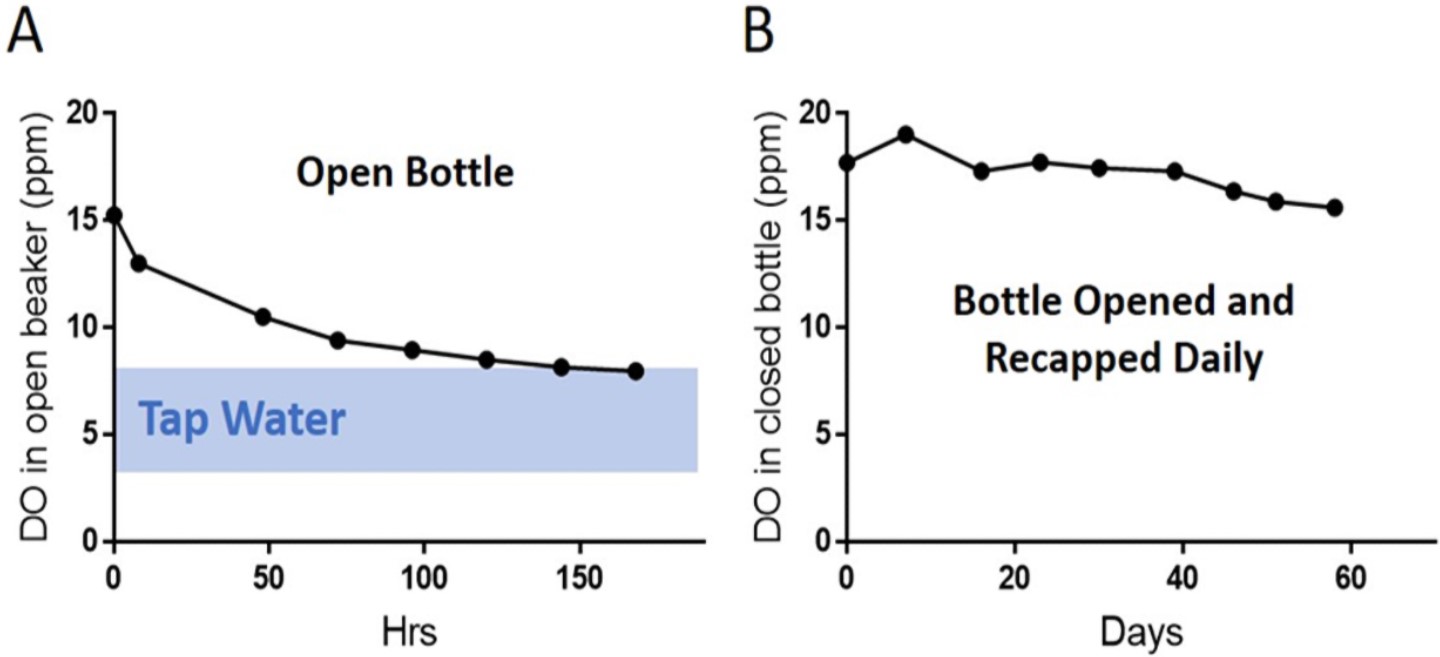Some natural methods to avoid getting the Flu
Some natural methods to avoid getting the Flu
Another virus has dominated the headlines this fall and winter 2022, an old nemesis that changes disguises (varieties) every year to trip us up–Influenza. Of course, you could always take a gamble that the Flu vaccines offered in clinics will match the real cocktail of virus in the air, but there are a lot of other ways to reduce your chances of contracting this illness that don’t involve needles. Let’s get started!
Yes, masks, social distancing and hand-washing are still part of the solution. Some health advisory authorities, like the California Department of Public Health, are basing mask recommendations against flu on COVID-19 illness risk in your area, because flu and RSV (Respiratory Syncytial Virus) spread in similar ways to COVID-19. The CDC has a searchable risk database by county here, Infants and young children, as well as older adults and those with chronic medical conditions, are most at risk for RSV, which can cause bronchiolitis (an inflammation of the small airways in the lung) and pneumonia. (CDC.gov) For more on masks, check out our article here.
Avoid air pollution. It doesn’t seem like crisp winter air should come with air pollution flags, but unfortunately winter sometimes hosts the worst conditions of the year. There are several different types of a phenomenon called “inversions” (which are well-explained in this video from the University of Illinois Extension), but they all involve a warmer layer of air above a cooler layer of air, restricting air movement and causing pollutants to be trapped near the earth’s surface. That bad air quality will likely contain elevated levels of fine particulates like PM2.5 and PM10, carbon monoxide (CO) and sulfur dioxide (SO2), which were all shown to increase the risk of influenza-like illness (ILI) in Jinan, China (The short-term effects of air pollutants on influenza-like illness in Jinan, China, 2019). If your area is known to have moderate to bad air quality days, keep an eye on it and adjust your plans accordingly! Airnow.gov, breezometer.com and local news stations can all help you stay informed and healthier.
These tips can help you stay healthy against a plethora of diseases (dispatchhealth.com):
Stay active: get out and rake leaves, or take a brisk walk around the neighborhood or around your local mall if the weather is inclement. Routine exercise is a simple and smart way to bolster your immune system and improve your overall health.
Rest well; try to get 7-9 hours of sleep every night, because sleep is critical to a well-functioning immune system. If you have difficulty getting to sleep, reduce your caffeine intake after noon, don’t use digital devices in bed, and try a melatonin supplement.
Take your vitamins–in your food! Foods that are rich in vitamins A, C, D, E, zinc and selenium naturally boost your immune system, while foods that have lots of added sugar, salt, and fried and highly processed foods may do the opposite (avoid them). (Healthline.com)
Consider herbal supplements (7 Natural Remedies for Preventing the Flu):
Echinacea. As shown in a 2015 study in the Czech Republic, Echinaforce Hotdrink is as effective as oseltamivir (Tamiflu Oral) in early treatment of confirmed influenza virus infections. If this particular drink is not readily available, you can take tablets containing 6.78 milligrams of echinacea extract two to three times a day, having 900 milligrams of Echinacea root tincture daily or five to six cups of echinacea tea on the first day of symptoms, and then 1 cup a day thereafter.
Oregano oil has powerful antiviral effects, too: you can take 500mg twice daily to help reduce the effects of a cold, as well as fight it off.
Essential oils used in a diffuser can help with congestion and headaches, as well as preventing airborne viruses from being able to infect you. Clove, peppermint and eucalyptus are some of the most popular. According to a 2021 review, essential oils from Eucalyptus are recognized for their broad spectrum of action, such as antibacterial, antifungal, antiviral, anti-inflammatory, anti-immunomodulatory (against diseases that suppress the immune system), antioxidant, and wound healing properties. One study that was reviewed showed that when the pure eucalyptus essential oil was actively diffused with a nebulizer for 15 seconds (oil concentration: 125 μg/L of air in the chamber), Influenza Virus-A was completely inactivated in the air.
Photo by Suhyeon Choi on Unsplash



